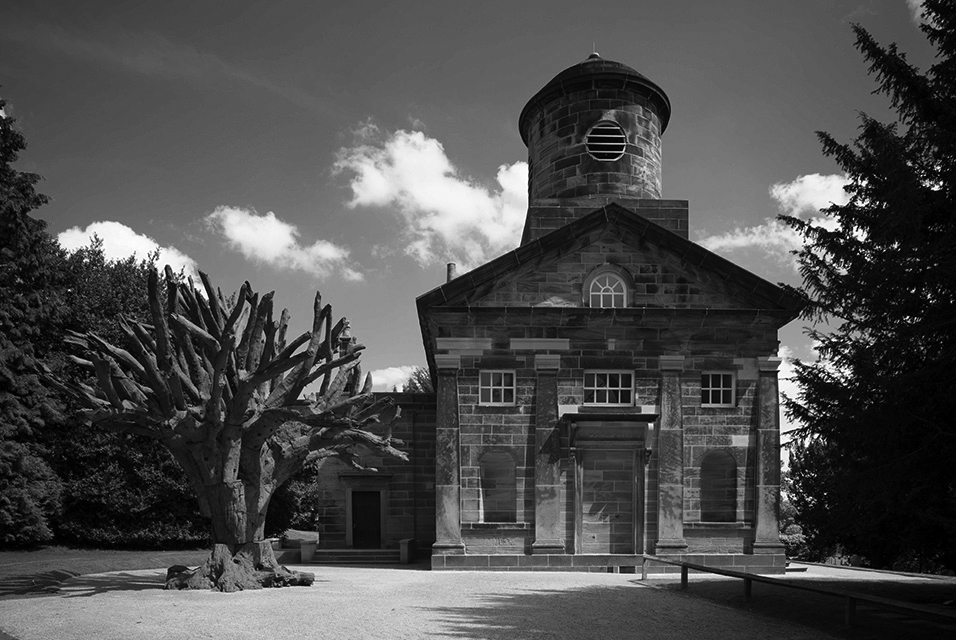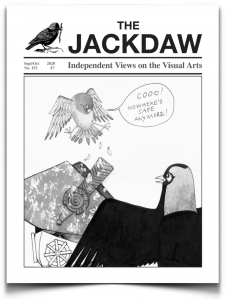 Such is Ai Weiwei’s predictable status as a heroic dissident, that he could select an object blindfold and if he then exhibited it under his name it would automatically be said to be ‘about’ oppression or, as is more frequent these days, the individual’s place in the collective.
Such is Ai Weiwei’s predictable status as a heroic dissident, that he could select an object blindfold and if he then exhibited it under his name it would automatically be said to be ‘about’ oppression or, as is more frequent these days, the individual’s place in the collective.
The recently refurbished chapel in the grounds of the park (see illustration), which seems to be breeding new roads and pathways through what used to be naturally and pleasurably wild countryside, has been renovated to make an agreeable new exhibition room lit from one end by a grand Palladian window. Inside, filling the main chapel area, are 40 wooden chairs of charming rustic design, each of which has occupied, one imagines, pride of place in some Chinese home of the 18th or 19th century. The seats and armrests are worn smooth with age and use. Though similar each is different. We are here trawling the same territory as Bernd and Hilla Becher, the German photographers who also identified variance in similarity. It is a lovely collection of chairs, make no mistake, although one suspects any two of them would have served the job well enough. This is a typical ploy of the conceptual artist where the objects breed to fill the space available with no addition to the profundity of the work. Outside the chapel is an ugly iron tree (above) made of cast sections from different trees bolted together in what, we are informed, is a traditional Chinese manner – again disparate bits making up a whole. The chairs are prettier and offer more to look at.
Also showing in the Park, dotted throughout the grounds, are even uglier lumps of material by “important international sculpture” Ursula von Rydingsgard who wouldn’t recognise an ‘important’ sculpture, or a beautiful one, if she surprised herself by opening her eyes. Christ only knows how much it cost to ship this substantial tonnage of crap from New York but it wasn’t worth the effort. She was born in Germany under the Nazis, so that’s alright then.
In the large hangar on the other side of the vale beyond the lake are works from the Arts Council collection housed in a shed next door – no transport costs here. Called Uncommon Ground it is a conspectus of fashionable Land Art from the 1960s onwards. If you’ve seen the documentation of Richard Long’s and Hamish Fulton’s assorted walks and rock-shiftings you’ll have the measure of this lot. Plenty of prose, not even a phrase of poetry. Only Mark Boyle’s and David Nash’s work were alive in this mausoleum. Long’s work is an epiphenomenon of its age, a mere curiosity without the form or visual thrill to make it timeless.
David Lee


